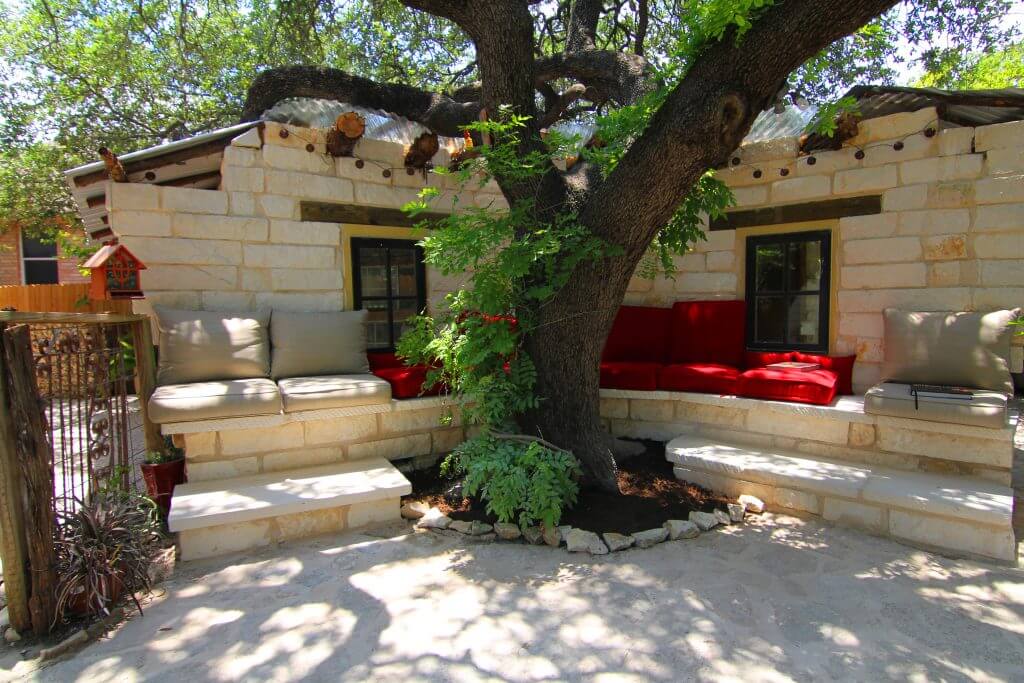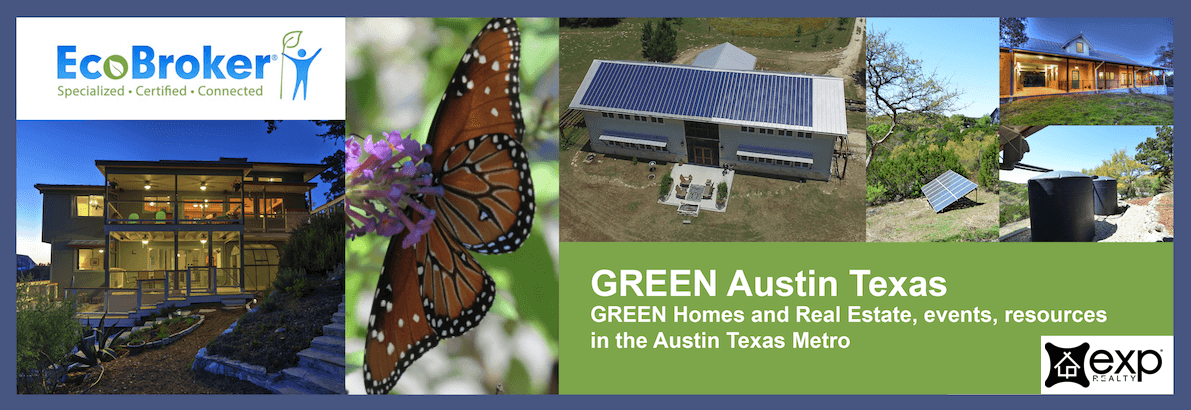
What is Hardscaping?
Hardscaping is a term used to describe adding non-living materials into a landscape. Common materials include wood, stone, metal, and concrete. This is an ideal way to expand your home’s living area to include the outdoors. Your hardscape should complement and expand access to your “softscaping,” the trees, shrubs, and flowers that provide natural beauty and attract wildlife.
Some hardscaping projects are smaller in scope and others are grand, taking significant planning and installation time. Regardless, each hardscape feature adds beauty, style and value to your landscape. Let’s explore a few of the basics that can provide a new dimension to your yard.
It All Starts with Patios
Patios are often the first step toward expanding your living space outside the home. They can be a great place for entertaining, reading a book, or dining. Patios increase the value of your home as well as its usefulness. Patios situated in the back of a house can provide some secluded privacy, but some families will add patios to the front of their home to serve as an invitation to entertain neighbors.
Patios can be built from a number of materials. Concrete can be poured or assembled from precast modular slabs with variety of textures and colors. Gravel is inexpensive and easy to install, and accordingly is a top choice for anyone seeking an informal patio that can easily accommodate curves and can be maintained with some simple raking. Baked clay bricks and interlocking concrete pavers are small, modular, and lightweight enough to easily fit into place by yourself. Dense stone, such as bluestone and granite, resists flaking in freezing weather and isn’t likely to sprout a crop of slippery moss. Softer, more porous limestones and sandstones are good choices for warm, dry climates.
Fire Features – Historic Hot Spots
Fire features are one of the most common additions in outdoor living today. They offer a warm—both physical and emotional—place for friends and families to gather. They help set the mood for outdoor living, a mood that can be energized, relaxing, or romantic. Outdoor fire places are the ideal option if you plan to entertain smaller groups of people or if you are looking for a strong statement piece for your patio. Fire pits, generally the least expensive fire feature, are ideal for more casual entertaining, particularly of larger crowds.
Many material options are available for fire pits and fire places: brick, stacked stone, river rock, flagstone, fieldstone, limestone and concrete. There are also several fuel sources for outdoor hot spots. A wood burning or propane-fueled fire feature can be built almost anywhere in the backyard. They are typically free-standing permanent structures that don’t require any utility connections. If you choose a gas fireplace, a gas line will need to be installed which may affect the appropriate placement.
Water Features
Backyard ponds, lakes, fountains, water walls, disappearing streams, and waterfalls add a wonderful highlight to any landscape. Understated water features can bring small garden plots to life just as larger water features more readily compliment vast spaces. Small pails and interesting pots of water can be used to house aquatic plants or a small table top fountain can be added if you enjoy the sound of running water. For more bold statements, finish off your outdoor kitchen area with a water wall or koi pond which will undoubtedly keep children occupied while dinner is being prepared. If you are looking for ways to attract wildlife – like birds, frogs, and butterflies – to your yard, a pond may offer just the enticement they need.
Pergolas, Arbors, and Trellises – Cast Shade in Style
These vertical structures will add dimension, height, and beauty to your landscape. Pergolas can be both useful and beautiful landscape features that provide cover and shade for walkways or sitting areas while offering a simple structure to for natural features like vines or man-made creations like outdoor speakers, strings of light, fabric, or even ceiling fans. They often help define an outdoor living area and can be incorporated into a more permanent structure like a deck or installed as a freestanding accent in a yard.
Arbors and trellises are both architectural structures that provide support for climbing vines. In addition, they offer focal points that make impact statements in your landscape design. Arbors are generally the smaller of the two structures and most often used to define a garden entry point or provide parameter separation.
There are a host of other hardscape projects, like the addition of retaining walls, stone pathways and fencing that can all add decorative and practical benefits to your landscape. As you consider what hardscaping options will best support the way in which you plan to use your outdoor living space, talk with a landscape professional who will provide guidance and offer ideas to support and enhance your vision.
